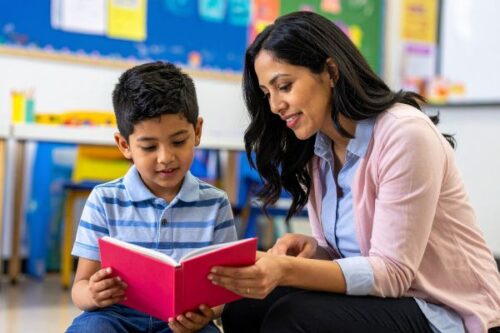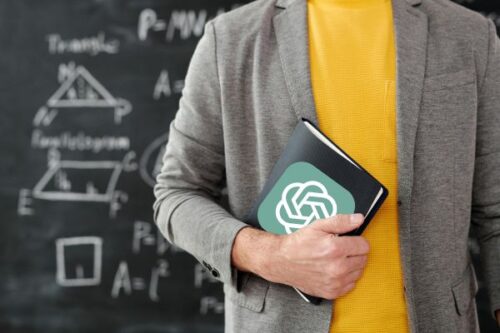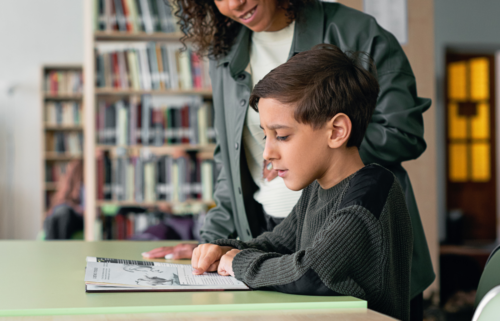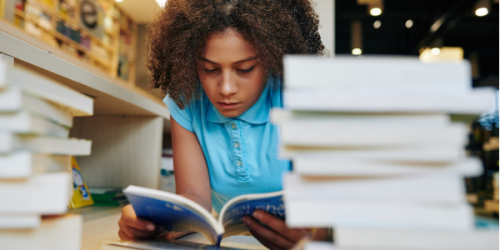It may just be a linguistic coincidence that the word “read” is at the start of the word “readiness,” but it certainly works that way in our schools. Students learn to read so they can be ready to read to learn in later grades.
Reading drives nearly everything in schools — from learning about other cultures by reading textbooks, to finding out about the planets by reading about astronomy, to discovering about great heroes of the past by reading history. Even in math, students need to solve word problems; and some studies have found a high percent of errors on math tests result from students’ difficulties reading well enough to translate word problems into numbers and mathematical operations.
Students who do not become fluent in reading by third grade fall further and further behind in all their subjects, not just reading. Unfortunately, nearly a third of all students do not become capable readers. On the most recent NAEP (National Assessment of Educational Progress), 31 percent of fourth grade students scored “below basic” on the reading assessment, unable to locate information or identify details in a text.
Considering the importance of reading to nearly everything in elementary education, you’d expect undergraduate programs preparing elementary school teachers would do everything possible to ensure their aspiring teachers graduate well-prepared to teach reading. Similarly, you’d expect they would instruct these future teachers in what the overwhelming consensus of reading researchers and cognitive scientists have found works to teach reading.
Yet these reasonable assumptions would be wrong. NCTQ recently analyzed 820 undergraduate programs preparing elementary teachers. We found just two in five (39 percent) provide instruction in all five essential components of early reading instruction, phonemic awareness, phonics, fluency, vocabulary, and comprehension.
This is a problem since research has demonstrated how effective reading instruction based on these five areas could reduce students’ reading failure by at least two-thirds. Much of students’ reading problems can be avoided if their teachers learn the best ways to teach reading in their teacher training programs.
Our analysis has uncovered some promising signs of improvement. Compared to our previous release in 2014, programs showed positive signs of growth with regard to teaching reading.For example, more programs now include all five research-proven elements of reading instruction. The percentage of programs that require each element individually also has increased.
Moreover, while 44 percent of programs in 2016 earned grades of D or F in our study for teaching only one or two reading areas, this is down from half in 2014, showing a general trend of greater attention to reading across the field.
Part of the problem is the enormous variety of elementary reading textbooks. Unlike the math universe, where most schools choose from a relatively small number of texts, there appears to be no end of possible elementary reading books. Considered together, teacher prep courses in this study assign no fewer than 859 different textbooks. This makes it too easy for professors of reading to pick a text based on their own personal opinions, rather than using one that reflects a consensus on the most successful teaching strategies. Our evaluation found that half of these texts do not convey scientifically-based early reading instruction.
America’s elementary school students cannot be ready for upper elementary school, let alone high school or college, if they are unable to read textbooks, newspapers, webpages, and other content fluently, with a high level of comprehension. And their teachers cannot be ready for the complexities of teaching reading to this level to all students if their own educations did not include research-proven strategies. Just as the word readiness starts with the word read, an elementary school teacher’s successful career starts with a high-quality teacher preparation program based on what science shows works in the classroom.
More like this

The missing link in reading reform: Centering English learners in state literacy policies

The hidden cost of AI-generated lessons: Is AI selling snake oil to teachers?

Teach reading, not guessing: Connecting what teachers learn to what students need


